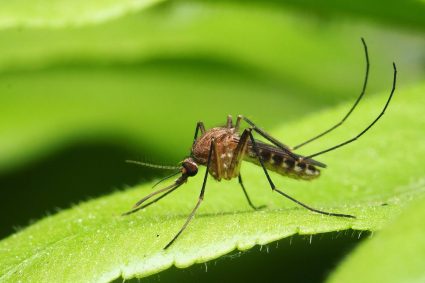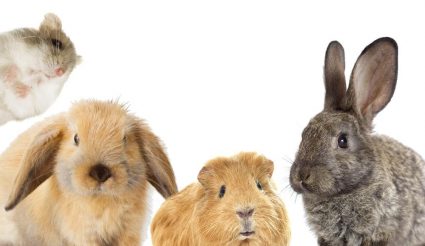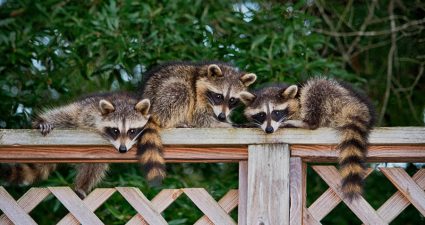
Coyotes are fascinating creatures, known for their adaptability, intelligence, and unique behaviors. One such behavior, which is relatively rare, is the act of standing on their hind legs. This article will explore the reasons behind this behavior, its implications, and how it contributes to the coyote’s survival in the wild.
Coyotes, typically quadrupedal animals, may occasionally stand on their hind legs out of curiosity, to reach for food, for communication, or during play or social interaction. This behavior allows them to get a better view of their surroundings or to access food that’s out of their reach. However, it’s important to note that this behavior is relatively rare and more research is needed to confirm these reasons.
Reasons for Standing on Hind Legs
Coyotes are typically quadrupedal animals, which means they move on all four legs. However, they can stand on their hind legs in certain situations, albeit briefly. The primary reasons for this behavior include:
- Curiosity: Coyotes are intelligent and curious creatures. They might stand on their hind legs to get a better view of their surroundings or to investigate something intriguing.
- Reaching for food: Coyotes are opportunistic feeders, meaning they eat whatever they can find. They might stand on their hind legs to access food that is out of their reach, like fruit on a tree or food left on a higher surface.
- Communication: Although coyotes primarily communicate through body language, facial expressions, and vocalizations, standing on their hind legs could serve as a form of communication in certain situations.
- Play or social interaction: Coyotes are social animals. Standing on their hind legs might be part of their play or social interactions, such as wrestling or mock fighting with other coyotes.
These reasons are speculative, and more research is needed to confirm them. However, they offer some insight into why a coyote might exhibit this behavior.
Frequency and Circumstances of This Behavior
Coyotes display various behaviors depending on factors such as their environment, food availability, the presence of humans, and other animals. They are often more active around dusk and dawn and tend to avoid humans. However, coyotes can become habituated to humans if they are fed or find food sources in residential areas.
During their denning season (February to June), coyotes may exhibit protective territorial behavior to safeguard their offspring. This behavior is usually directed towards other animals they perceive as a threat.
Advantages of Standing on Hind Legs
Coyotes gain certain advantages from standing on their hind legs. This position allows them to access food sources that might otherwise be out of reach and observe their surroundings from a higher vantage point. However, it’s important to note that coyotes do not typically walk on their hind legs; they use this posture briefly to access resources or survey their environment.
Implications for Human-Coyote Interactions
Increased adaptability of coyotes to urban landscapes has led to growing concerns over the potential consequences of human-coyote conflicts. Habituated coyotes may approach humans looking for handouts and exhibit aggressive behavior. Coyote-human conflicts can also have economic implications, particularly for local farming communities, where crop damage and livestock predation can occur.
To minimize the risks associated with increased human-coyote interactions without jeopardizing the well-being of the species, education and awareness about wild animals and actions to take during encounters are necessary.
What to Do If You Encounter a Coyote
If you encounter a coyote, it’s essential to take certain precautions to ensure your safety and that of the animal. Never feed or attempt to tame a coyote. If approached, make loud noises and make yourself look big. Always keep yourself between the coyote and small children. Secure trash cans and keep bird feeders out of reach to avoid attracting coyotes. Install motion-sensitive lighting around your house to deter them.
Understanding coyote behavior can help mitigate conflicts and foster coexistence. While standing on their hind legs is a relatively rare behavior, it provides a glimpse into the adaptability and intelligence of these remarkable creatures. By respecting their space and taking necessary precautions, we can peacefully coexist with coyotes in our shared environments.
Frequently Asked Questions
What are some common vocalizations that coyotes use for communication?
Coyotes communicate using a variety of vocalizations, including howls, yips, barks, and growls. Howling is often used to communicate their location to other members of their pack, while barks and growls can be used as warning signals or to express aggression.
How can I tell if a coyote is acting aggressively or is a threat?
Coyotes that are acting aggressively may display behaviors such as growling, baring their teeth, or lunging. They may also exhibit stalking behavior. If a coyote is displaying any of these behaviors, it’s important to leave the area calmly and quietly while avoiding direct eye contact, which can be perceived as a threat by the coyote.
Are coyotes dangerous to humans?
While coyotes are generally not a threat to humans, they can become aggressive if they feel threatened or if they have become habituated to people through feeding. It’s always best to keep a safe distance from coyotes and never feed or attempt to tame them.
What should I do if I see a coyote in my yard?
If you see a coyote in your yard, it’s important not to panic. Make loud noises to scare it away and make sure to secure your trash cans and other potential food sources. You can also install motion-sensitive lighting to deter coyotes from entering your property.
What do coyotes eat?
Coyotes are opportunistic feeders, meaning they eat a variety of foods depending on availability. Their diet can include small mammals, birds, insects, fruit, and even garbage or pet food if it’s available. They are also known to prey on livestock and pets, which can lead to conflicts with humans.










